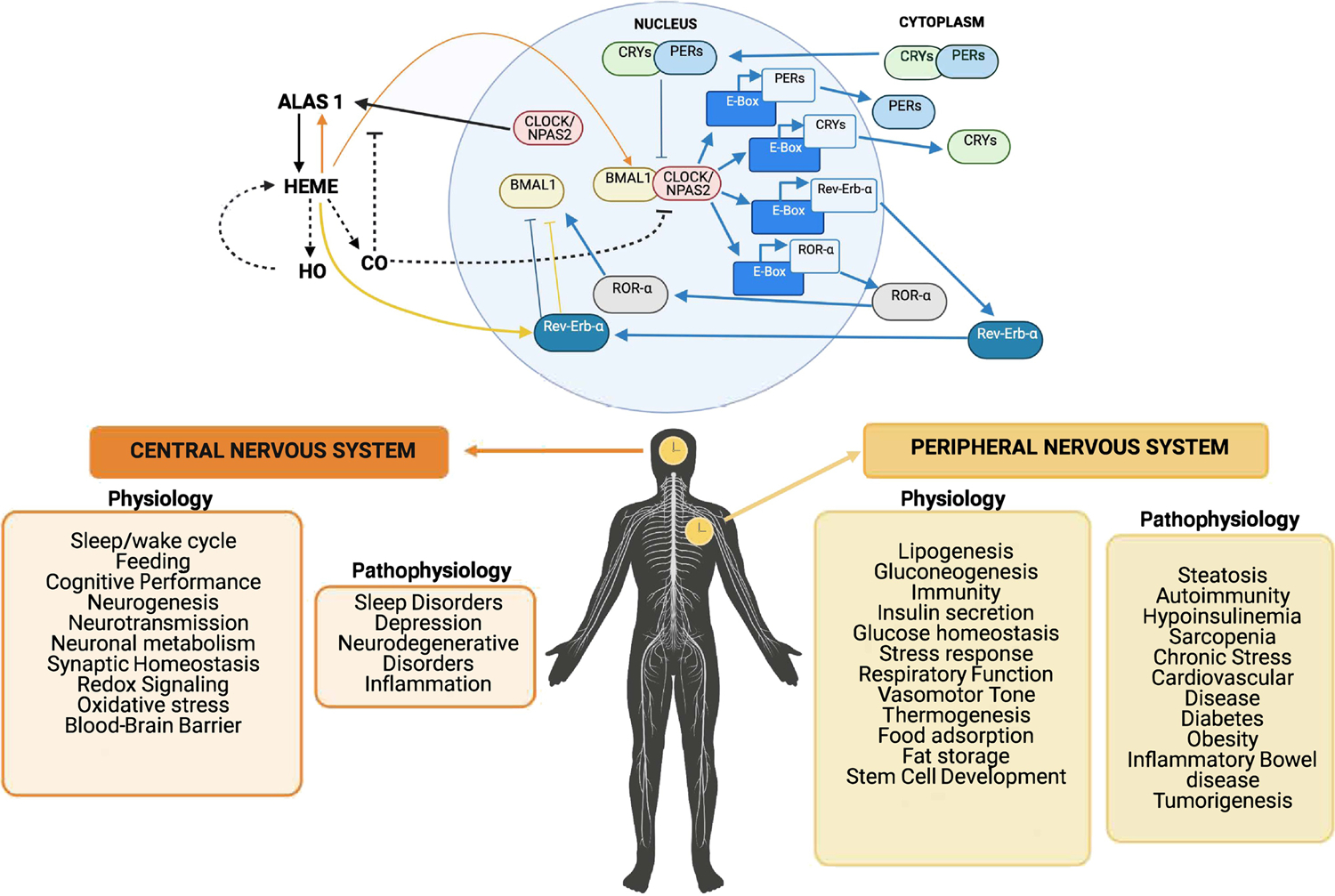Figure 3. Heme and Regulation of Circadian Rhythm in the Central and Peripheral Nervous System.

Top Diagram: The circadian clock in mammals is a system composed of transcriptional and translational feedback circuits that oscillate with a cycle of almost 24 hours. The circadian clock controls numerous physiological processes including blood biosynthesis. Some members of the core clock mechanism (NPAS2 and mPER2) contain heme prosthetic groups. Heme synthesis is regulated by the enzyme Alas1 (see Box 1). Heme degradation occurs through the HO enzymes releasing carbon monoxide (CO) as a bioactive product. The principal binding sites for CO are primarily hemoproteins. The heme-containing BMAL1-NPAS2 transcription complex can no longer bind DNA in the presence of CO, thus halting gene transcription. As heme levels decrease and CO is no longer available the quantities of the BMAL1-NPAS2 transcriptional complex can then bind DNA and restart the clock. The loss of circadian cycles in both the CNS and the PNS result in numerous neuropathologies including Alzheimer’s Disease, as well as heart, kidney, digestive and vascular disorders. Lower Diagram: Central versus peripheral circadian synchrony and various associated physiologic and pathophysiologic states that are influenced by the local clocks.
